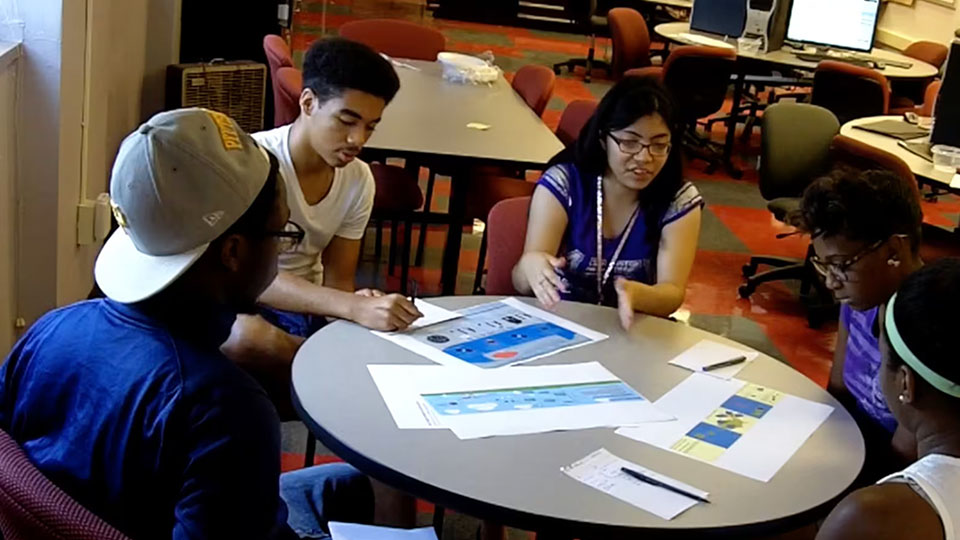Diverse Learning Technologies: Helping students with LD, ADHD, and ASD reach their full potential in STEM (2016)
Description
The Landmark College Institute for research and Training has been exploring how best to use technology to help students with disabilities reach their full potential. The current project explores the role of Social Presence in helping students with disabilities grasp complex statistics concepts.
NSF Award: 1420198
Discussion
This discussion took place during the TERC Video Showcase Event Nov. 14-21, 2023. Discussion is now closed.
Share This Page:






I am interested in learning what Social Presence means and how you incorporated it into remote learning of complex statistics concepts.
Looking forward to the conversation!